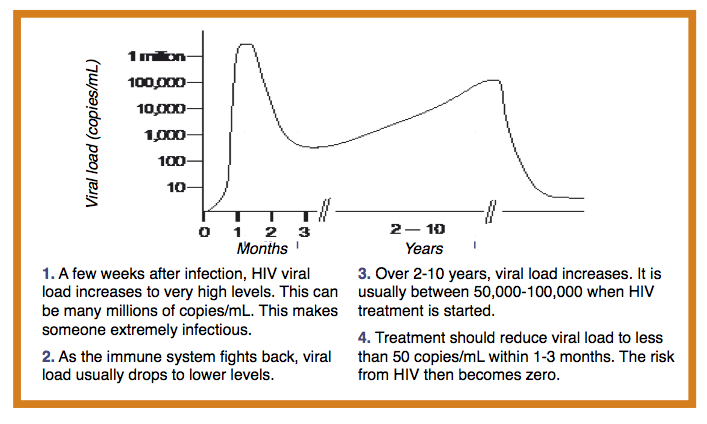Although there is not universal consensus regarding where the virus originated it spread worldwide during 1918-1919. This unique strain of influenza.
 Spanish Flue 1918 A Memoir Of The Deadliest Spanish Flu Epidemic Of 1918 In History Its Symptoms Of Strain The Novel Vaccines Used To Stop The Influenza Pandemic And Its Social Economic Effects
Spanish Flue 1918 A Memoir Of The Deadliest Spanish Flu Epidemic Of 1918 In History Its Symptoms Of Strain The Novel Vaccines Used To Stop The Influenza Pandemic And Its Social Economic Effects
In the fall of 1918 the Great War in Europe was winding down and peace was on the horizon.

1918 flu symptoms. The 1918 Influenza Pandemic and Its Legacy. The Grim Reaper by Louis Raemaekers. Within two years later approximately one-third of the worlds population had become infected and more than 50 million people died as a result.
The sick who experienced such typical flu symptoms as chills fever and fatigue. Spanish Flu Symptoms The first wave of the 1918 pandemic occurred in the spring and was generally mild. Normal flu symptoms of fever nausea aches and diarrhea.
First Wave Spring 1918. In March with more than 100 cases reported at Camp Funston in Fort Riley Kansas. Before COVID-19 the most severe pandemic in recent history was the 1918 influenza virus often called the Spanish Flu The virus infected roughly 500 million peopleone-third of the worlds populationand caused 50 million deaths worldwide double the number of deaths in World War I.
In 1918 a new and severe strain of influenza was making its way across the globe. The pandemics sudden appearance and high. An influenza virus called influenza type A subtype H1N1 is now known to have been the cause of the extreme mortality of this pandemic which resulted in an estimated 25 million deaths though some researchers have projected that it caused as many as 4050 million deaths.
Although there is not universal consensus regarding where the virus originated it spread worldwide during 1918-1919. After a few days the symptoms are followed by muscle aches and high fever. The Americans had joined in the fight.
These symptoms can even develop into pneumonia after the fourth or fifth day of the virus spreading to the lungs which makes patients less likely to survive. In the United States it was first identified in military personnel in spring 1918. 1918 influenza encephalitis lethargica parkinsonism.
1918 influenza encephalitis lethargica parkinsonism. Just over a century ago in 1918-1919 the Spanish influenza pandemic appeared nearly simultaneously around the world and caused extraordinary mortality-estimated at 50-100 million fatalities-associated with unexpected clinical and epidemiological features. Known as Spanish Flu or La Grippe the influenza of 1918-1919 was a global disaster.
The first outbreak of flu-like illnesses was detected in the US. Symptoms of the Spanish flu of 1918 were initially marked by severe colds sneezing dry coughing and headaches. The 1918 influenza pandemic was the most severe pandemic in recent history.
In the United States it was first identified in military personnel in spring 1918. The 1968 epidemic quickly spread around the world infecting more people than the 1918 influenza - yet far fewer people died. 1918 influenza encephalitis lethargica parkinsonism.
Was engaged in WWI. Typically a person develops symptoms 5 days after being infected but symptoms can appear as early as 2 days after infection or as late as 14 days after infection and the time range can vary. Dark spots would appear on the cheeks and patients would turn blue suffocating from a.
The mice were infected with the 1918 virus and measures of morbidity ie weight loss virus. The 1918 influenza pandemic was the most severe pandemic in recent history. 14 To evaluate the 1918 virus pathogenicity ie the ability of the virus to cause disease and harm a host animal studies involving mice were conducted.
A report of this work Characterization of the Reconstructed 1918 Spanish Influenza Pandemic Virus was published in the October 7 2005 issue of Science. The influenza pandemic of 191819 resulted from such an occurrence and affected populations throughout the world. Many developed severe pneumonia attack.
It was caused by an H1N1 virus with genes of avian origin. The 1918 influenza pandemic occurred in three waves and was the most severe pandemic in history. During 1918 the US.
Typically a person develops symptoms anywhere from 1 to 4 days after infection. 1918 influenza encephalitis lethargica parkinsonism. It was caused by an H1N1 virus with genes of avian origin.

